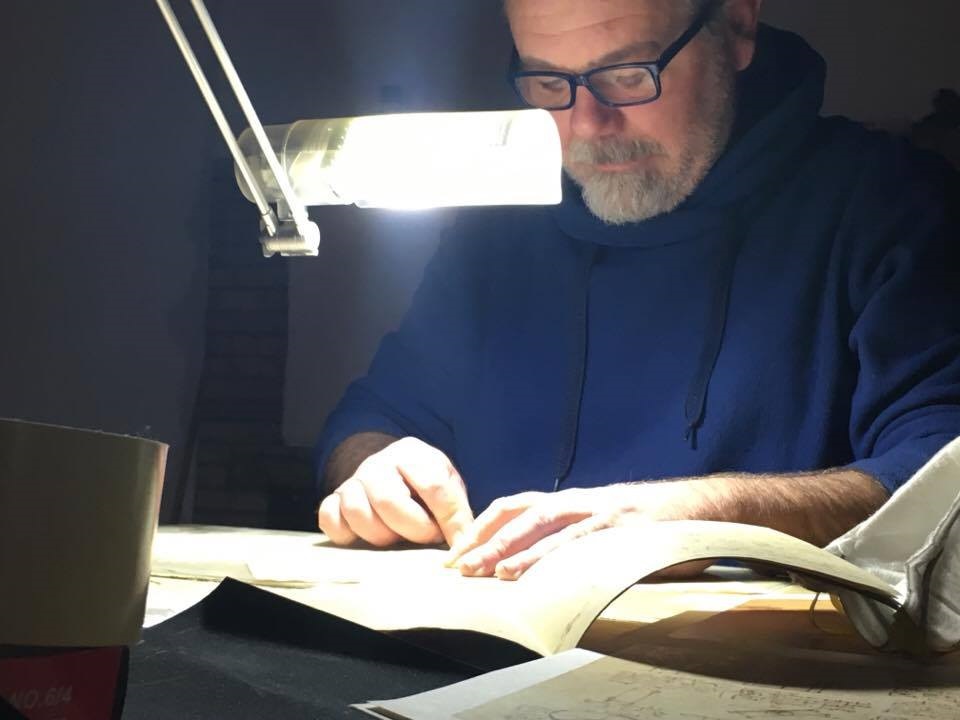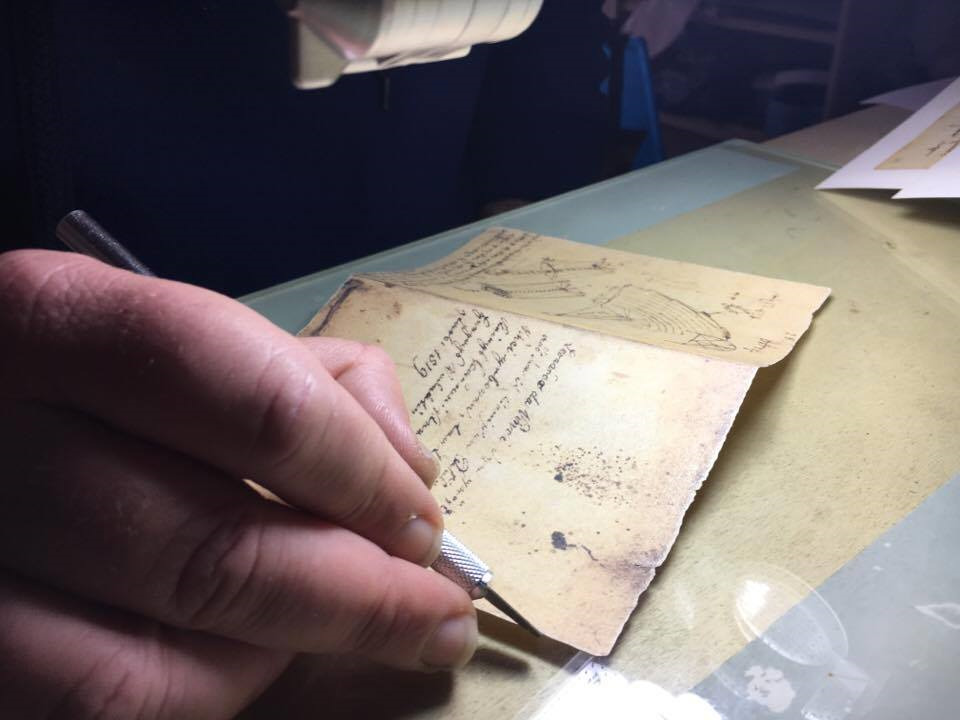Paper Sculpture
The pictorial work, despite the exceptional quality of the results, is made up of a small number of paintings and frescoes both due to historical contingencies, which saw Italy in the second half of the fifteenth century traversed by bloody clashes and political instability which forced many artists to move often uncomfortable and hasty, both for a personal working method, marked by constant research and an in-depth study that comes close to that dissatisfaction that distinguishes, almost par excellence, the modern artist wuth a continuous hand to the brush.


Paper Sculpture
The pictorial work, despite the exceptional quality of the results, is made up of a small number of paintings and frescoes both due to historical contingencies, which saw Italy in the second half of the fifteenth century traversed by bloody clashes and political instability which forced many artists to move often uncomfortable and hasty, both for a personal working method, marked by constant research and an in-depth study that comes close to that dissatisfaction that distinguishes, almost par excellence, the modern artist wuth a continuous hand to the brush.
Leafing through the notebooks is like you’re witnessing, just like it is an invisible presence, to the stream of thoughts and to the reasonings that from the observation turn into solutions to specific practical problems or to a scheme of interpretation of natural events.

This working and studying process relives with strength and novelty in the editions of the manuscripts that are shown here. Process that, in its translation on paper, voluntarily ignores the blocks that today are consolidated between scientific and artistic activity. They are specimens that meticulously replicate Leonardo’s texts in all their details but they could also be defined with an oxymoron that qualifies them as “unique reproductions”.

The manuscripts that Collezione Apocrifa da Vinci had produced represents a unique creation when it comes to the perceptual qualities that they propose and to the care of details and the overall execution.The main purpose of this result is not only to have been able to create an accurate representation of Leonardo’s original works, that allows us to handle an object that offers the experience of observing and leafing through the notebooks, finding the same characteristics, and also -and most importantly- the same sensations we feel when handling the authentic Codex, but also to have escaped the pretentious and impossible idea of an absolute copy, that therefore could’ve been considered really “false” because neutral.
